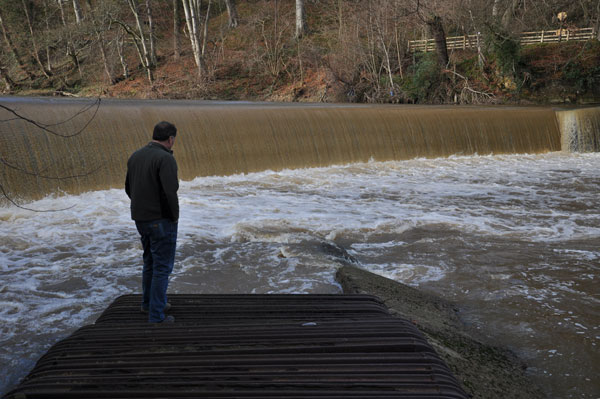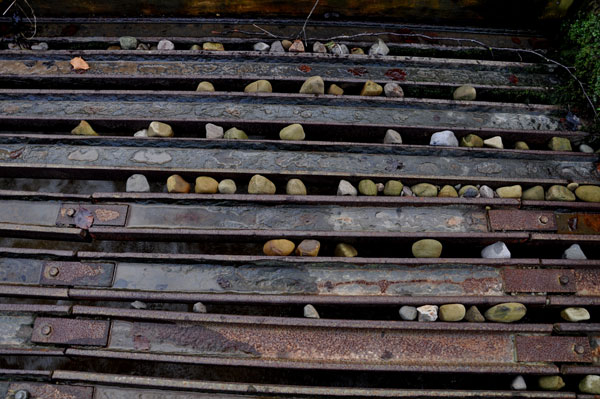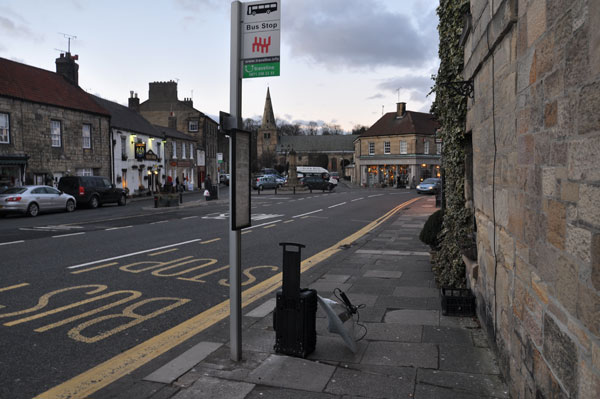Coquet, Scotland and England, 2009 and 2010
January 2010
Following the river Coquet running over the boarder between Scotland and England from its source to the mouth to record the river and its inhabitants. Invited by Rebecca Shatwell for the AV festival, Newcastle 2010 in collaboration with the artist in residence at the Environment Agency, Laura Harrington. Jana Winderen will work with local marine biologists, who will help her study the ecology of the river including the indigenous fish species, through a series of research visits and field trips to the river between January – February 2010. Jana will be performing her installation in The Sage Gateshead in Newcastle on the 14th March 2009.
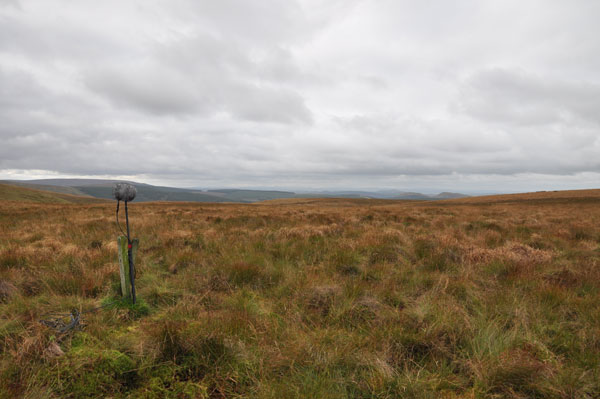
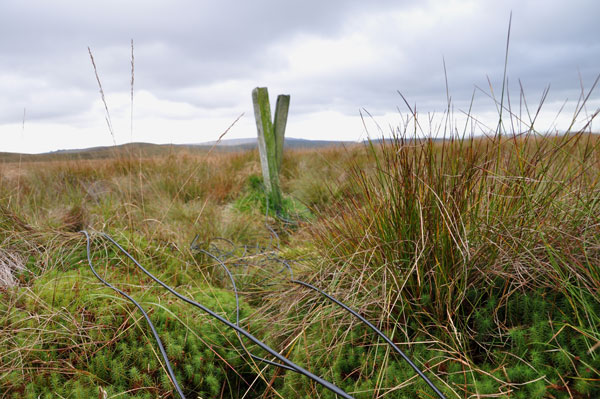
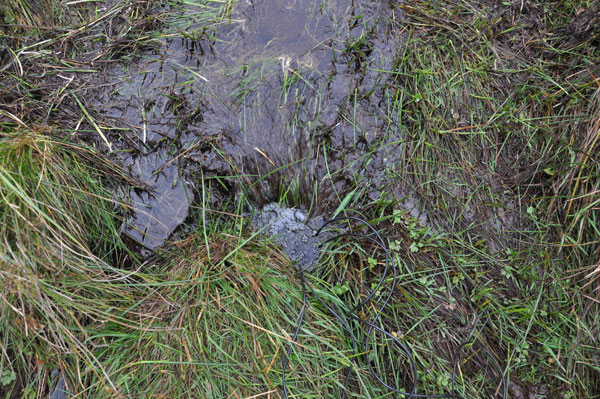
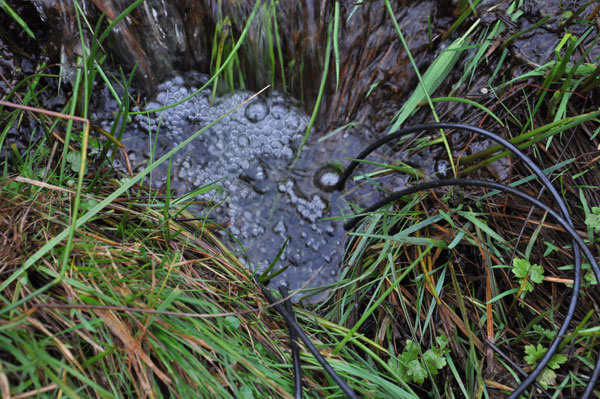

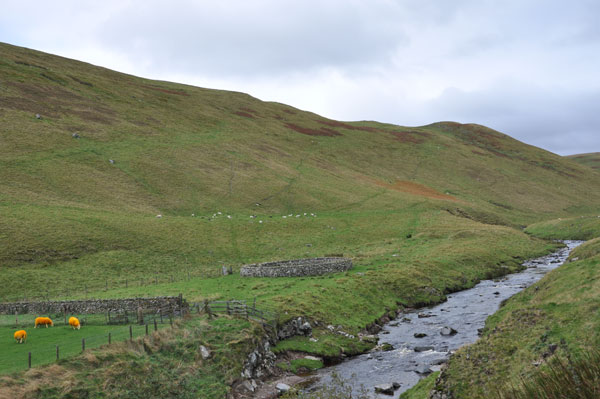
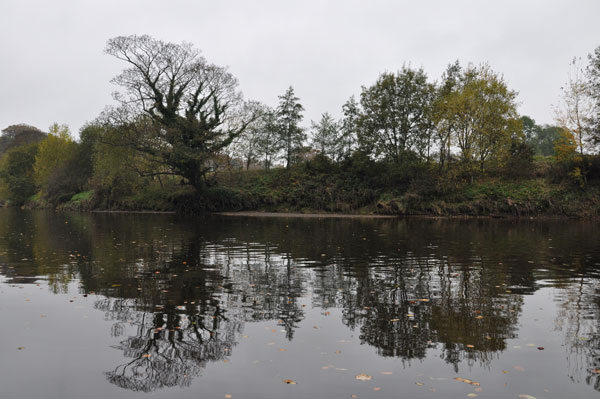
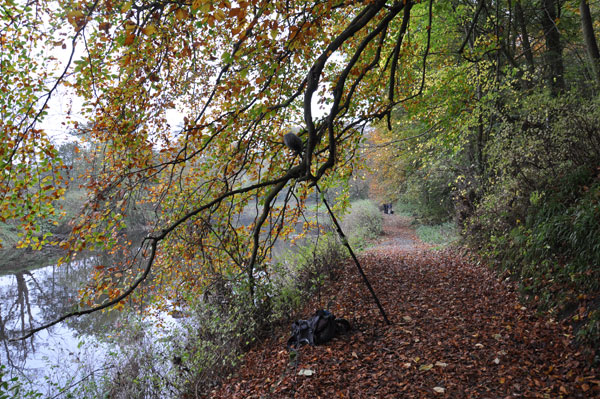
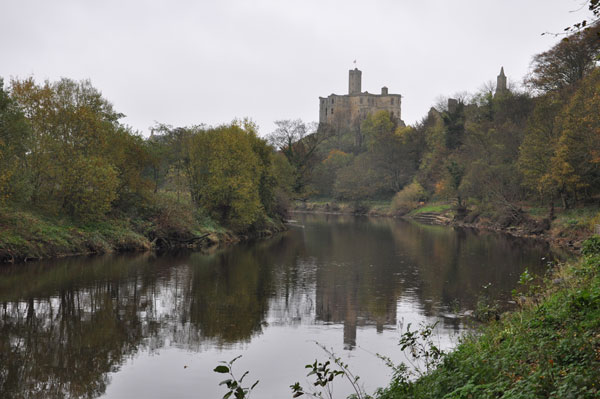
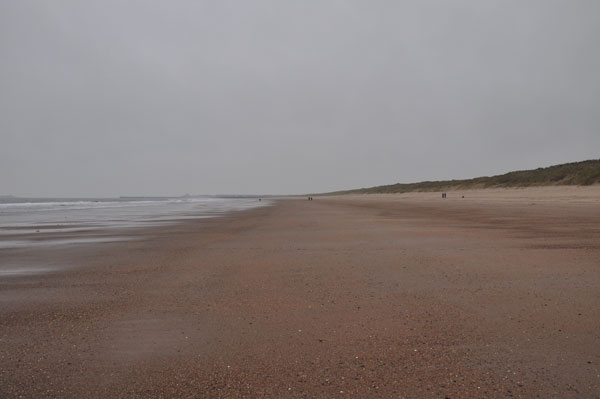
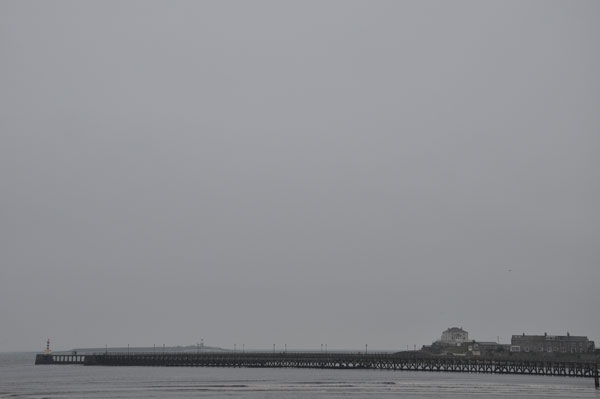
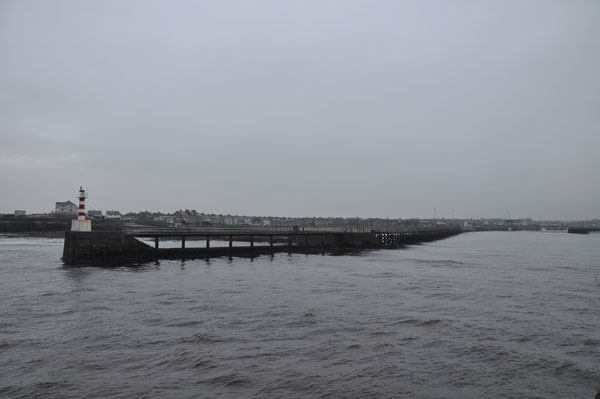
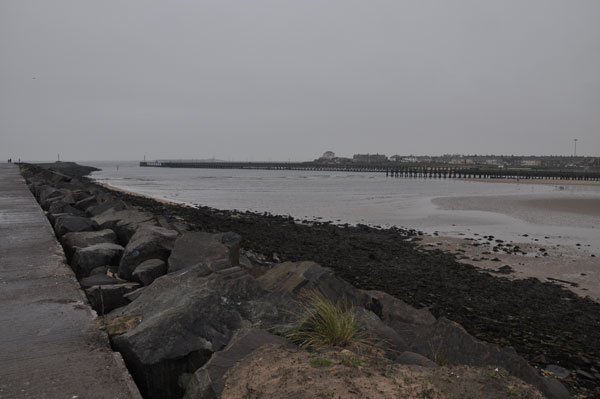
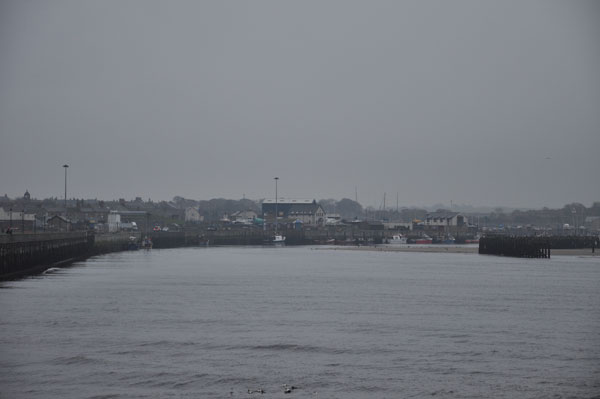
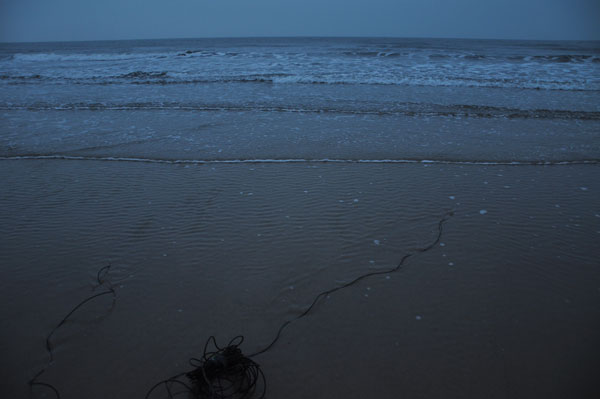
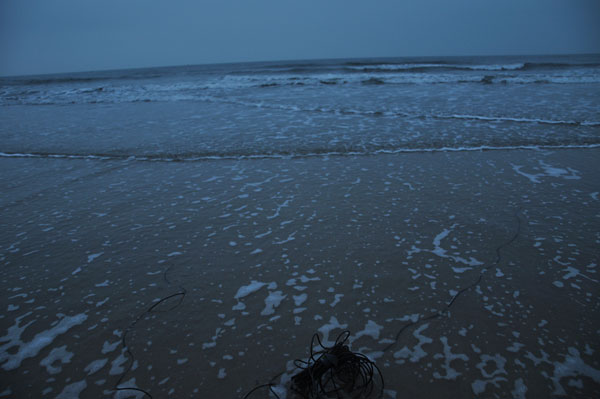
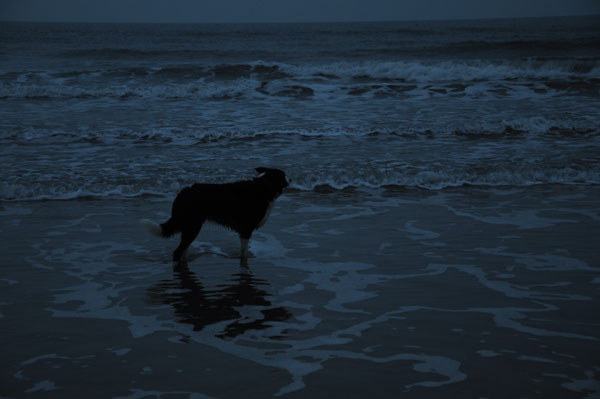
January 2010 update
Some questions that Jana asked Laura about and the response she got from Phil Rippon at the EA.
I am very curious which fish goes up into the river to spawn, and if their migration route is known. Do any fish travel from the Barents Sea region or Greenland?
Main fish species are salmon (these fish either go to the Norwegian sea or to the faroes and Greenland, depending on whether they stay one or two years at sea. Trout (resident and migratory). It is believed that the North East sea trout mostly stay in the North Sea region and particularly off the coastline of East Anglia.
Lamprey, again they are resident and sea going species, little is known about their migration routes but they are known to be parasitic on other fish. There is someone here you can get in touch with if you are interested in these? Other fish species in the Coquet and Till are likely to be species such as eel, minnow, stickleback and stoneloach.
Where do they go to spawn, how far up the river?
The main spawning areas for salmon are from Rothbury all the way up to Alwinton. Sea trout and trout are present just about everywhere although they tend to spawn mostly in the tributaries whereas salmon tend to spawn mostly in the main stem of the river.
Have these patterns of migration and spawning changed last years and what is the reason?
This is difficult to answer, they are not really sure, the success of salmon and sea trout stocks are mostly measured by catches by rod and net fishermen. There is considerable annual variation in rod catch, however in the case of the Coquet the salmon and sea trout stocks are generally doing well and the conservation targets for salmon are regularly exceeded, however the rod catch in 2009 appears to be below average.
8th till 11th February 2010
Jana went back to the river and concentrate the recording close to the mouth of the river and to learn more about the fish migrating up the river to spawn.
8th February 2010
The river Coquet under Warkworth bridge
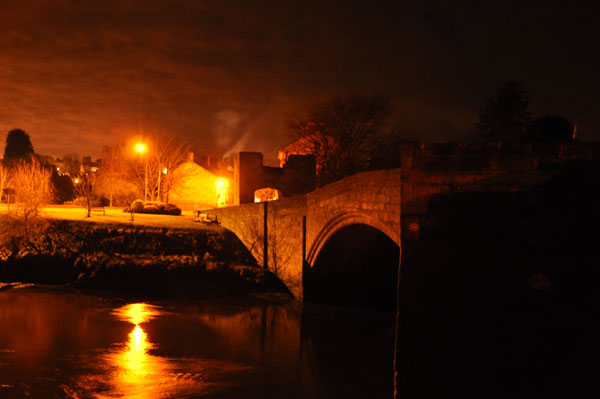


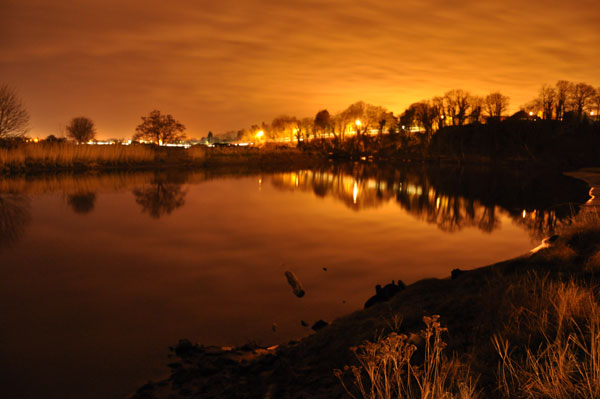
9th February 2010
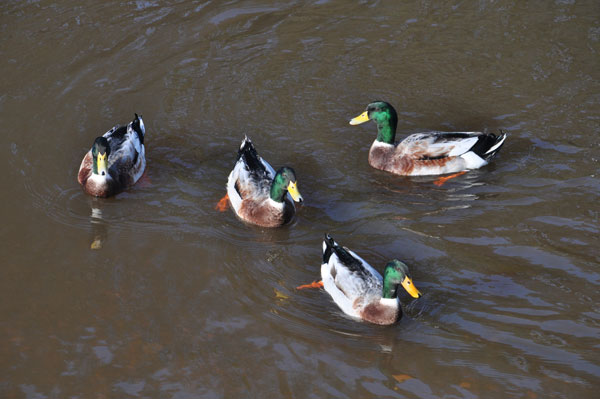
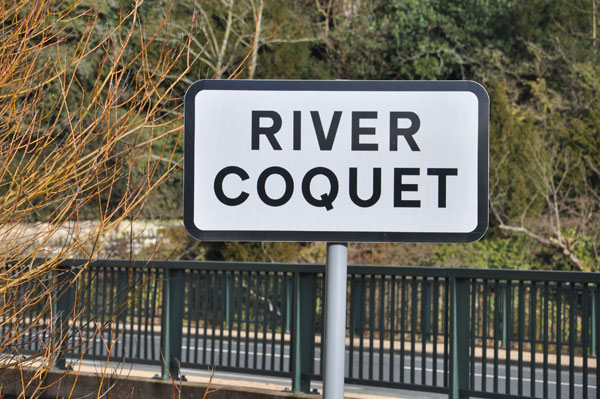
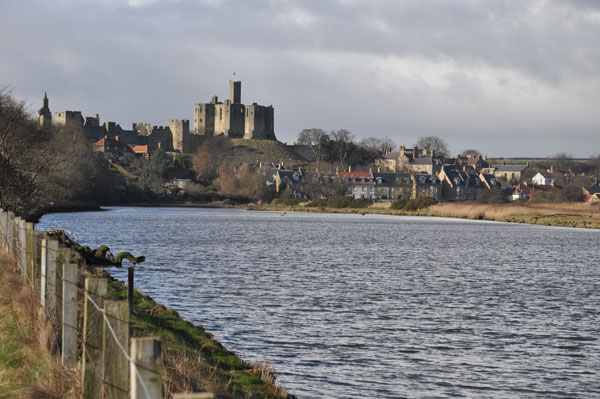


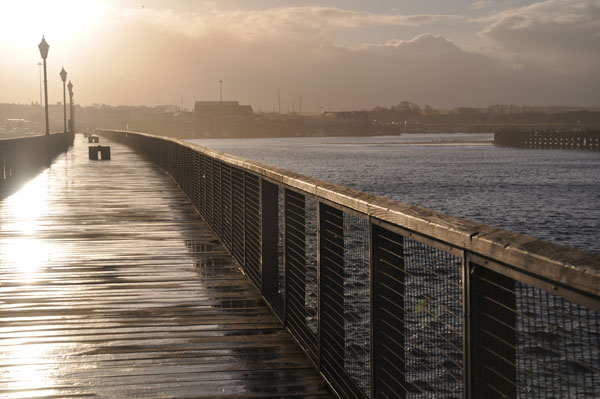
Looking up the river from the pier at Amble

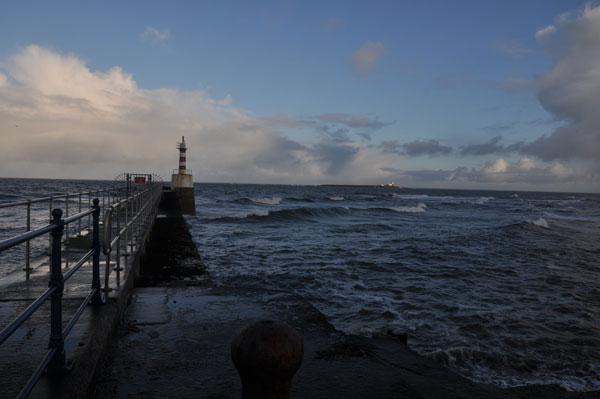
10th February
05:30 in the morning at the Dunes west of Warkworth
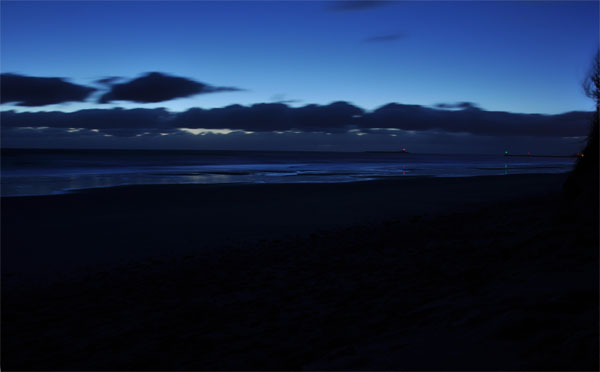


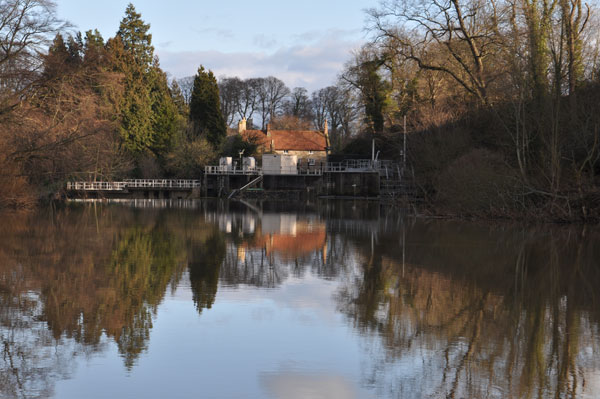
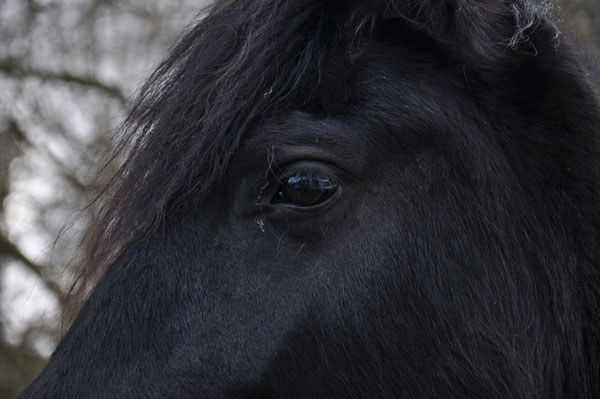
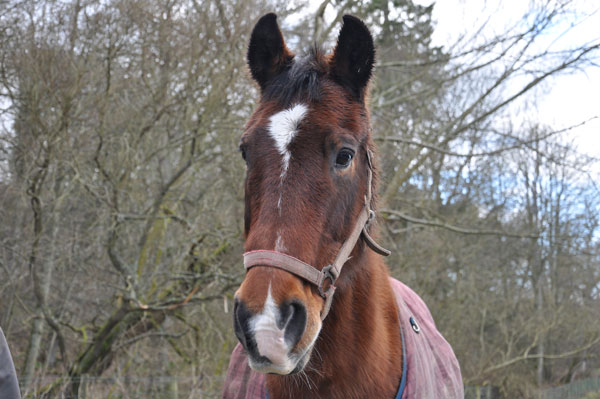
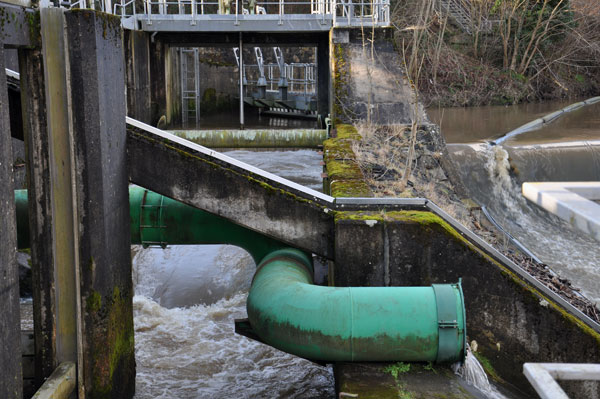
Counting installation
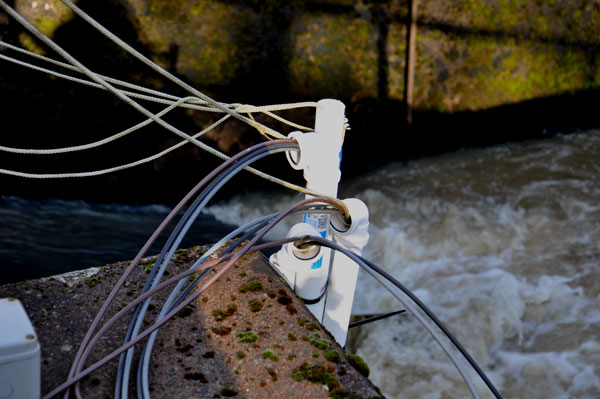
Where the fish passes electric sensors to be counted on their way up and down the river
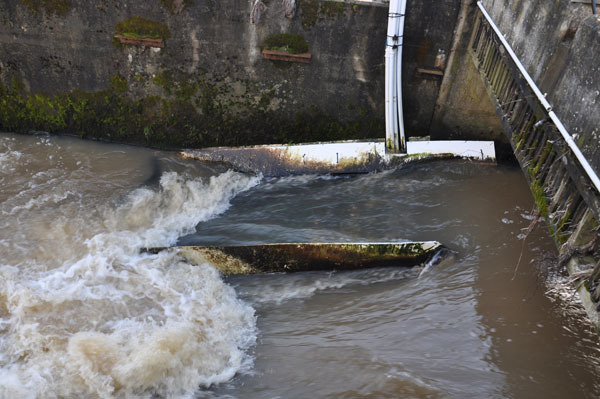
Fish counting by Phil and Mike from the Environmental Agency, EA
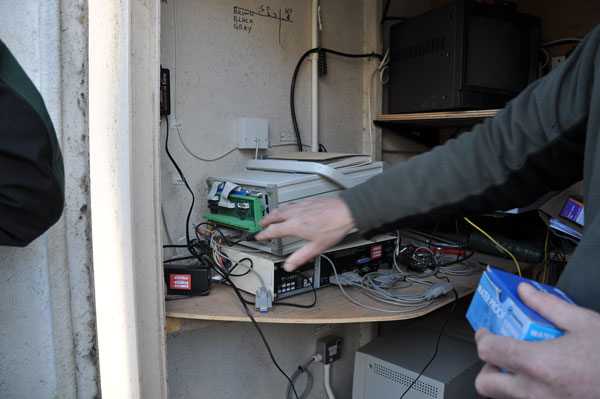
Further up the river at Guyzance. Mike from EA on the tunnel of which fish can pass up the river to spawn. Particular salmon, sea trout and eel passes up this way.
